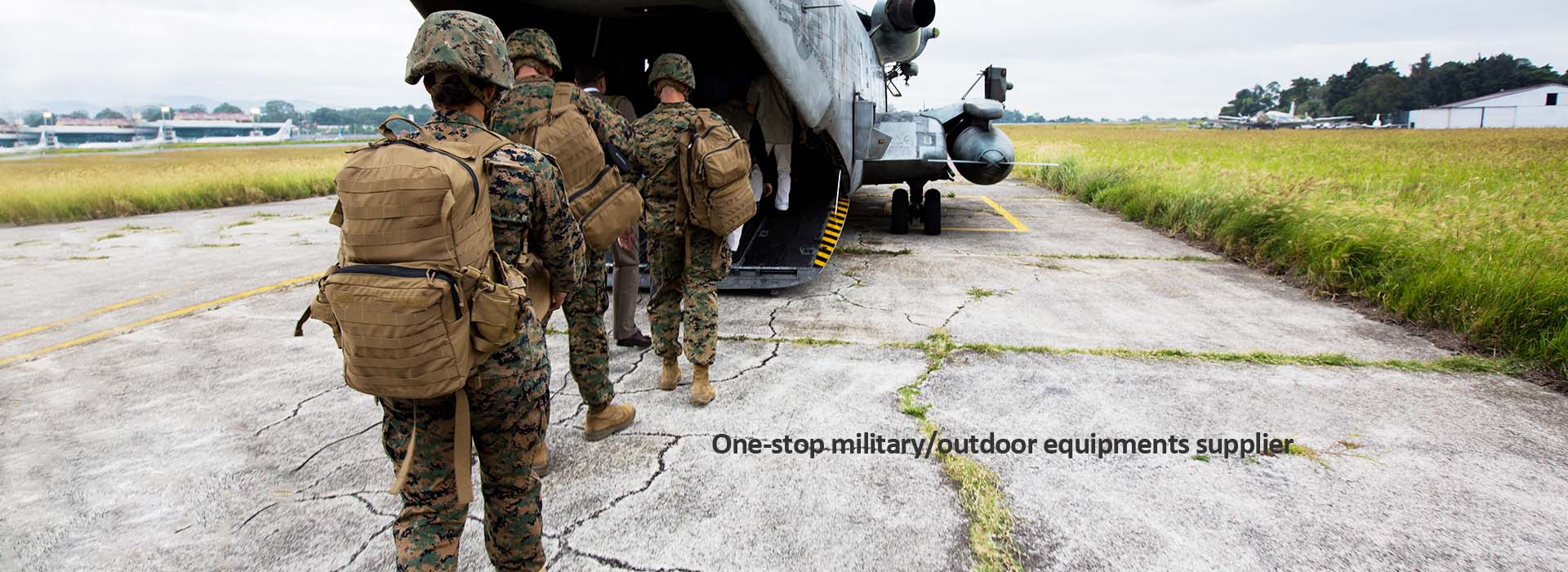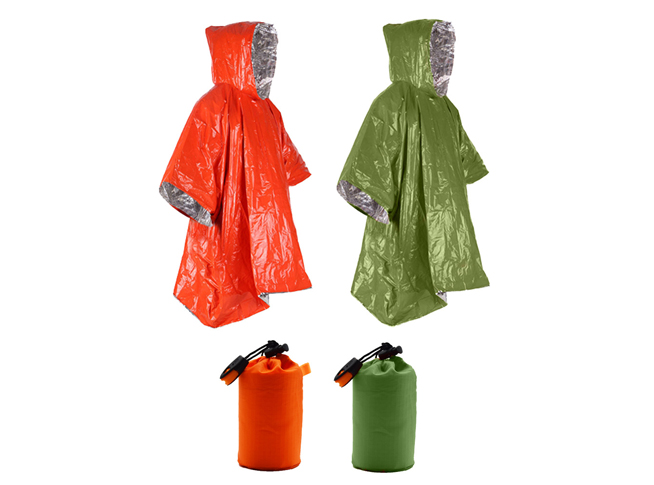Equipment You Need to Survive in the Wilderness
 Jun. 27, 2022
Jun. 27, 2022
If the situation finds you in the wilderness taming nature requires that you arm yourself. But trying to conquer the wilderness requires more than the typical items you use at home.
You need unique items to keep you safe, comfortable, and energized. However, packing everything in a small, lightweight bag is impossible. As a result, you may be forced to choose life-saving items that will allow you to survive in the wilderness for weeks at a time.
Here is a list of 6 pieces of survival gear you will need to survive in the wilderness.
1. Water
More than 70 percent of your body weight is water. Anything that changes this balance can lead to severe dehydration. Weather conditions in the wilderness can quickly lead to fatal dehydration. Therefore, you need a way to compensate your body for any water loss.
Find a way to ensure that you are always well hydrated during your time in the wilderness. A hydration system or water bottle will only allow you to carry a limited amount of water. Instead, a water purification system can turn cloudy or unsafe water into clean and safe drinking water.
2. Food
Food provides the body with the energy it needs to perform optimally physically and mentally. There are guidelines on the number of calories you need each day for optimal performance. You may need more food in the wilderness, but here, quality trumps quantity.
Pack energy-rich foods and snacks. The best examples are wheatgrass, maca powder and spirulina. Also, make sure the food is ready to eat or easy to prepare. The amount of food must be enough to feed you throughout your time the outdoors. In addition to the food you pack, you will also need to acquire skills on how to get food from the bush. Prepare a descriptive list of all wild edible foods ahead of time.
Emergency Survival Rain Coat
3. Raincoat or raincoat
It's not easy to tell when a disaster will reveal its ugly head. You can't even be sure of the weather conditions at the time. If you are planning a survival trip, things will be much easier because you can rely on information from the metering department.
Otherwise, make sure you bring a rain coat or rain jacket to provide you with a cushion in case of rain. Even if you can get future weather focus from the metering department, bring a raincoat or rain jacket because you cannot be sure of the accuracy of the weather focus.
4. Shelter/shelter construction equipment
A shelter is critical to any survival situation. It provides protection from extreme weather conditions. It also provides protection from predators and other harmful wildlife. Ideally, a tent is probably the best shelter in the wilderness. However, it is usually large and heavy.
A good option is to carry shelter-making materials so that you can use what nature has to offer. Better yet, pack a tarp or a large garbage bag that you can use to easily and quickly build a shelter. Simply use rope or string to tie the tarp to some tree branches.
5. First aid kit
Taking damage in a survival situation is something you need to be well prepared for. Due to the remote location of the wilderness, you may not be able to contact emergency medical personnel in time. In this case, a first aid kit is vital. It can help stop bleeding from minor injuries from getting worse, move injured limbs, and even bandage wounds to prevent infection.
You don't need to buy a large, fully equipped first aid kit. Survivalists can benefit from a smaller version. You can even reduce the weight of the kit by packing only the basics (such as latex gloves, gauze, lint, bandages, OTC painkillers, antibiotics, and alcohol cleaning wipes).
More survival gear checklists, contact us now.











